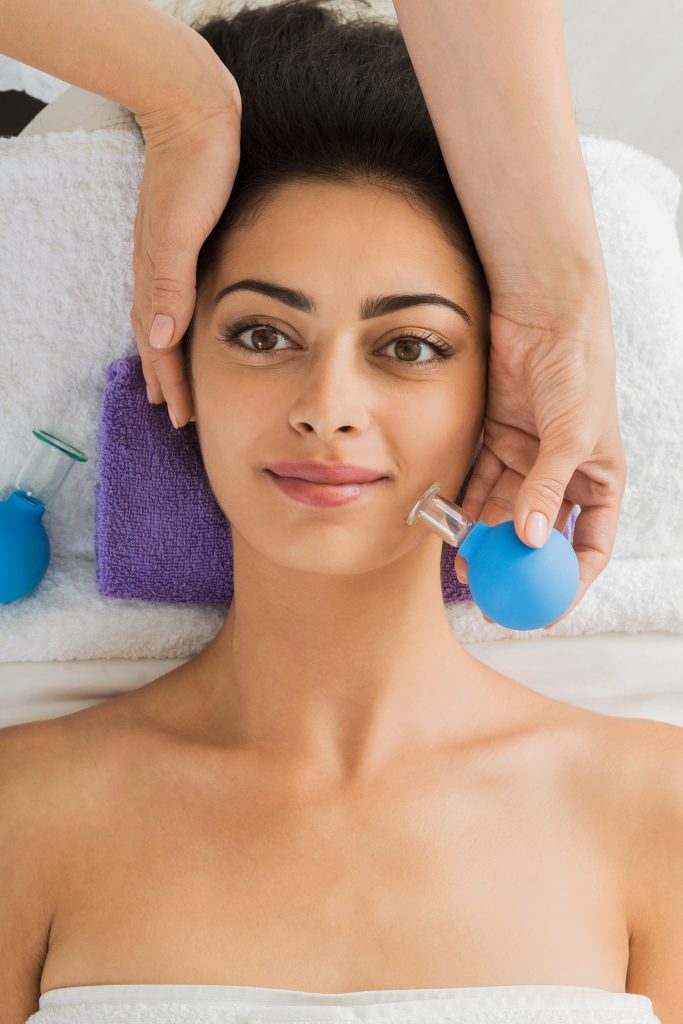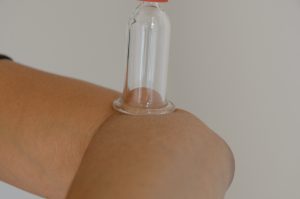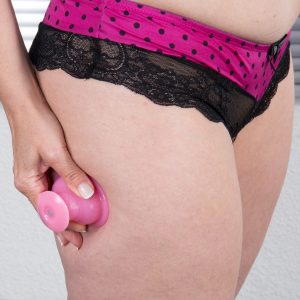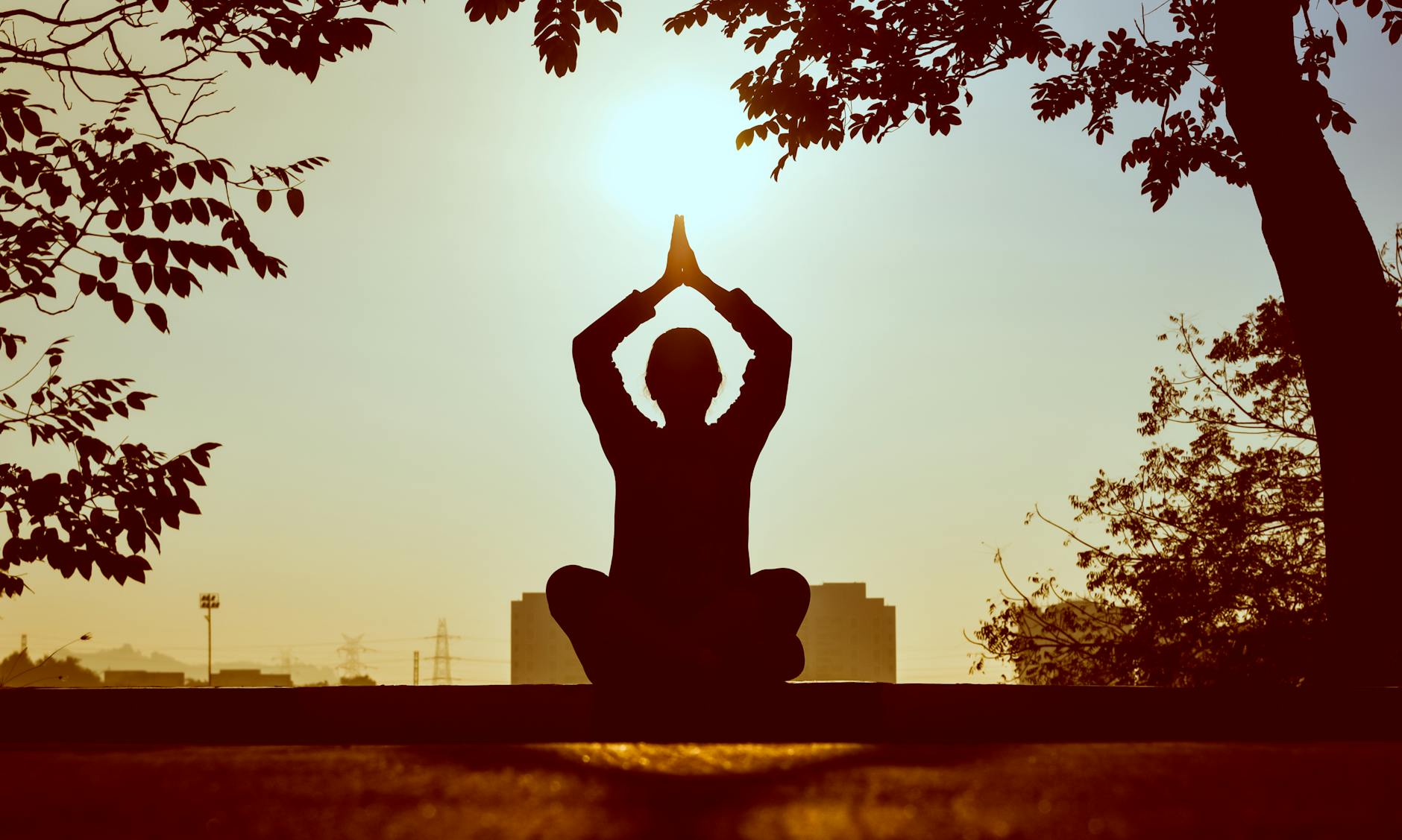
Cupping Therapy
Cupping Therapy For Modern Lifestyle
Cupping therapy is part of the system of Traditional Oriental Medicine (or some prefer Traditional Chinese Medicine). It has been used for several thousand years. In the last few years, however, cupping has gained popularity in the West. Most notably we have seen the telltale suction marks on Olympic athletes like gold medalist Michael Phelps and Hollywood celebrities like Gwyneth Paltrow or Lady Gaga. But cupping is a perfect therapy for our hectic Modern Lifestyle, not just Lifestyles of the Rich and Famous.
Basically, cupping therapy involves two things: 1) one or more cups, and 2) suction. The “cups” tend to be more like bulbs (but you could drink out out them and probably avoid many spills). Traditionally, the suction came from putting a flame inside the cup to eliminate air and then quickly putting the cup on the skin to create a seal. This is known as “fire cupping” and should be left to trained / certified / licensed professionals. A more modern approach is to create the suction mechanically.
Note: Practitioners of Traditional Oriental Medicine might also use “wet cupping” where they pierce the skin before applying the cup and suction. This allows blood to release into the cup as well to address maladies diagnosed in the Traditional Oriental Medicine system. Obviously, this is a very advanced treatment that only licensed professionals should perform. Your healthcare team should always be consulted. The rest of this article assumes “dry cupping”.
Let’s look at three reasons for cupping in your life.
Relax With A Cupping
One of the favorite phrases in the Perry Household is something that involves “Relax with a cup of…” Normally we fill in the blank with coffee, tea, or an interesting new concoction someone found. This time it is simply “Relax with a cupping”.
That’s right. This ancient Oriental therapy can promote relaxation. In the hands of a trained Traditional Oriental Medicine professional, cupping is used with the meridian system and applied to acupuncture points or moved along a meridian. This helps release qi that may be blocked and causing problems. Others, like physical therapists or massage therapist, might use cupping as an aid loosen / free the body’s fascia. Either way, it can be relaxing; something everyone needs in a world of stress.
Do It Yourself Cupping
For some, dry cupping is a nice self care therapy. There are a number of kits available in the $25 – $50 range as well as books and videos. For those who want a relaxing self massage, applying a therapeutic or essential oil to an area before cupping allows the cup to glide along the skin.
Cupping Can Be The Beginning
Modern lifestyle is especially hard on our wellbeing and conventional medicine may not be enough. For those who want or need more than relaxation and self care, cupping may offer an “on ramp” to explore the benefits of a complementary medicine like Traditional Oriental Medicine. Many Americans have already adopted other therapies from Traditional Oriental Medicine like acupuncture, qigong, tai chi, and more.
It’s Not Just The Back
So many of the spa pictures or “suction mark” pictures we see for cupping therapy are on the back. The back is certainly fertile ground for cupping but it is not the only place. Cups can be used all over the body to relieve tension, promote free flowing qi and so on.

Cellulite?
In 2019 researchers “discovered” that the in-between areas of our fascia play a greater role than previously thought. There is fascia all through our bodies, from head to toe and its full purpose is still under study. Some people are also familiar with fascia because it has been associated with cellulite. And yes… people have used cupping to deal with cellulite as well as promoting a healthy fascia.

Additional Health & Wellbeing Articles
Search or Browse HealthCare Too‘s articles!
- All
- Acupuncture
- Aging
- Animal Health
- Aromatherapy
- Ayurveda
- Cancer
- Chronic Disease
- Diabetes
- Environment
- Essential Oils
- Financial Health
- Fitness
- Gut Health
- Health Consumer
- Heart Health
- Herbalism
- Holistic Programs
- Homeopathy
- Lifestyle
- Light Therapy
- Loneliness
- Massage
- Mental Health
- Mindfulness
- Music Therapy
- Nutrition
- Obesity
- Pain Management
- Pets
- Skincare
- Sleep
- Social
- Spirituality
- Stress
- Tai Chi
- Technology
- Telehealth
- Traditional Chinese Medicine
- Uncategorized
- Wellness and Wellbeing
- Women's Health
- Yoga






